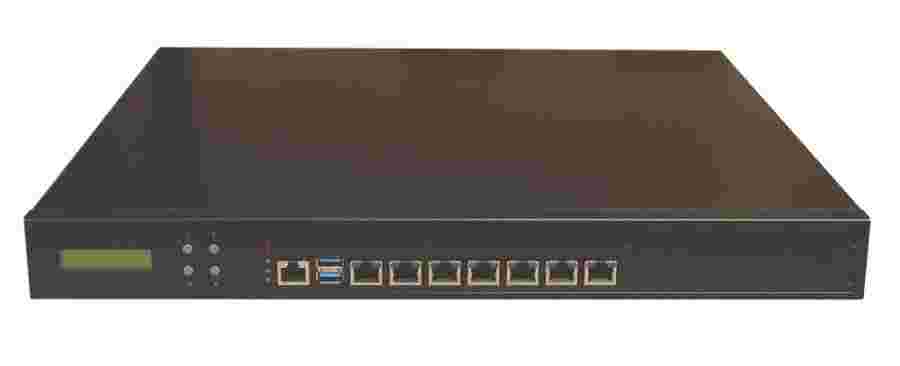The definition of a "critical asset" has expanded far beyond financial data. It now includes the software that controls a vehicle, the digital identity of a smart meter, and the private keys securing a blockchain transaction. Protecting these assets requires a guaranteed root of trust, which is precisely the function of a Hardware Security Module (HSM). These purpose-built devices are no longer confined to bank data centers; they are being reimagined and deployed at the edge, in the cloud, and within embedded systems to provide a verifiable foundation of security for the technologies shaping our future.
This expansion into new frontiers is powering the next wave of growth for this essential technology. According to Straits Research, the global hardware security modules landscape was valued at USD 3.73 billion in 2024 and is projected to reach from USD 4.02 billion in 2025 to USD 7.22 billion by 2033, growing at a CAGR of 7.6% during the forecast period (2025-2033). This growth is increasingly fueled by demand from non-traditional sectors like automotive, manufacturing, and public infrastructure.
Global Competitors and Country-Wise Developments
Innovation is coming from both established security firms and players in adjacent industries.
-
Microchip Technology (USA): Through its Microsemi brand, Microchip is a dominant force in semiconductor-based security. They produce a wide range of chip-level HSMs and security controllers that are embedded directly into systems like IoT devices, satellites, and industrial controllers. Their recent developments focus on providing hardware-based security for the Internet of Things (IoT) at scale.
-
Yubico (Sweden/USA): While known for its YubiKey hardware tokens, Yubico has expanded into the HSM space with its YubiHSM 2. This product is designed to be a compact, affordable, and easy-to-deploy HSM, bringing enterprise-grade key protection to smaller organizations and development teams that previously found traditional HSMs cost-prohibitive.
-
Atos (France): The European IT services giant offers Evidian Hardware Security Modules, which are particularly strong in government and defense applications across Europe. Their recent updates emphasize compliance with region-specific standards and securing digital identities for national ID programs.
-
China: The Chinese HSM landscape is developing rapidly, driven by stringent data sovereignty laws and a push for technological self-reliance. Domestic providers are creating HSMs that comply with national cryptographic standards (SM series algorithms) and are mandated for use in critical infrastructure and financial services within the country.
-
India: Similar to China, India is promoting its own cryptographic standards and has a growing domestic market for HSMs to secure its massive digital public infrastructure, including the Aadhaar digital identity program and the UPI payment network.
Recent News and Catalysts
A major recent development is the automotive industry's adoption of HSMs. As cars become "computers on wheels," securing software updates (OTA) and preventing malicious control of vehicles is paramount. HSMs are now a standard component in new vehicle architectures to provide secure boot and code signing.
Another catalyst is the central bank digital currency (CBDC) initiatives underway in over 100 countries. The secure generation and storage of the cryptographic keys that represent digital currency is a perfect application for HSMs, and providers are actively developing solutions tailored for this nascent but massive potential market.
Analysis: The Invisible Security Anchor
The most significant trend is the miniaturization and embedding of HSM technology. The goal is to make the HSM invisible—a trusted component embedded within a larger system, from a cloud server to a connected medical device. This provides the same level of assurance without the need for a standalone hardware device, enabling security by design in the development of new products and services.
The Future is Embedded
The next generation of HSMs will be less about a physical box and more about a certified function. We will see HSM capabilities integrated directly into system-on-chips (SoCs), cloud hypervisors, and 5G network equipment. This ubiquitous, embedded root of trust will be the essential ingredient for securing the hyper-connected, autonomous world of the future.
In summary, HSMs are evolving from data center appliances into embedded security anchors for IoT, automotive, and national digital infrastructure. A diverse set of players, from semiconductor firms to cloud providers, are driving innovation. The technology's growth is now tied to securing next-generation applications, making it a foundational component of the future digital landscape.




